Table of Contents
Introduction to the MERN Stack
As a web developer, I am constantly on the lookout for new technologies and frameworks that can enhance my ability to create dynamic and efficient web applications. One such technology that has been gaining immense popularity in recent years is the MERN Stack. In this comprehensive guide, I will take you through everything you need to know about the MERN Stack – from its basic definition to its future potential and job opportunities.
What is the MERN Stack?
The MERN Stack is a combination of four powerful technologies – MongoDB, Express.js, React.js, and Node.js. Each of these technologies serves a specific purpose and when brought together, they form a complete and robust development stack. Let’s take a closer look at each component:
MongoDB: MongoDB is a NoSQL database that offers flexibility and scalability. It allows developers to store and retrieve data in a JSON-like format, making it a perfect fit for modern web applications.
Express.js: Express.js is a fast and minimalist web application framework for Node.js. It provides a set of features for building web applications and APIs, making the development process faster and more efficient.
React.js: React.js is a JavaScript library for building user interfaces. It allows developers to create reusable UI components that can be easily combined to build complex and interactive web applications.
Node.js: Node.js is a JavaScript runtime built on Chrome’s V8 JavaScript engine. It allows developers to run JavaScript code outside of a web browser, making it possible to build server-side applications using JavaScript.
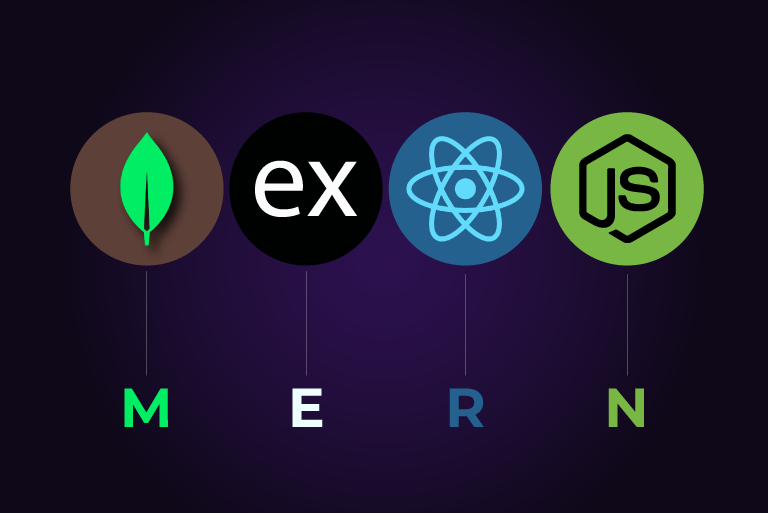
The growing popularity of the MERN Stack
In recent years, the MERN Stack has witnessed a tremendous rise in popularity among developers worldwide. This can be attributed to several factors:
Full-stack development: The MERN Stack enables developers to build both the front-end and back-end of a web application using a single programming language – JavaScript. This eliminates the need for learning multiple languages and frameworks, making it easier and more efficient for developers to build full-stack applications.
Flexibility and scalability: The MERN Stack offers flexibility and scalability, thanks to MongoDB’s NoSQL database and the modular nature of Node.js. This allows developers to easily adapt and scale their applications as per the changing requirements.
Vibrant community and resources: The MERN Stack has a vibrant and supportive community of developers who actively contribute to its growth. There are numerous online resources, tutorials, and open-source projects available, making it easier for developers to learn and leverage the power of the MERN Stack.

Advantages of using the MERN Stack
The MERN Stack offers several advantages that make it a preferred choice for web developers:
Increased productivity: The MERN Stack provides a unified development environment, allowing developers to seamlessly switch between front-end and back-end development. This reduces the time and effort required to set up and configure different tools and frameworks, thereby increasing productivity.
Code reusability: React.js, the front-end library of the MERN Stack, promotes the concept of reusability through its component-based architecture. Developers can create reusable UI components and use them across different projects, saving time and effort.
Performance optimization: The MERN Stack leverages the power of Node.js to build scalable and high-performing web applications. Node.js’s non-blocking I/O model and event-driven architecture allow for efficient handling of multiple concurrent requests, resulting in improved performance.
Rich ecosystem: The MERN Stack has a rich ecosystem of libraries, frameworks, and tools that further enhance its capabilities. From state management libraries like Redux to testing frameworks like Jest, developers have access to a wide range of resources to build robust and feature-rich applications.
The future of the MERN Stack: Trends and predictions
The MERN Stack has a bright future ahead, with several trends and predictions shaping its development landscape:
Microservices architecture: The rise of microservices architecture is expected to have a significant impact on the MERN Stack. Developers are increasingly adopting this architecture to build scalable and modular applications, and the MERN Stack’s flexibility and scalability make it a perfect fit for microservices-based development.
Serverless computing: Serverless computing, also known as Function as a Service (FaaS), is gaining popularity for its cost-efficiency and scalability. The MERN Stack, with its lightweight and modular nature, is well-suited for serverless deployments, and we can expect to see more serverless applications built using the MERN Stack in the future.
Real-time applications: Real-time applications, such as chat applications and collaborative tools, are becoming increasingly popular. The MERN Stack, with its ability to handle real-time data updates using technologies like WebSockets, is well-positioned to meet the demand for such applications.
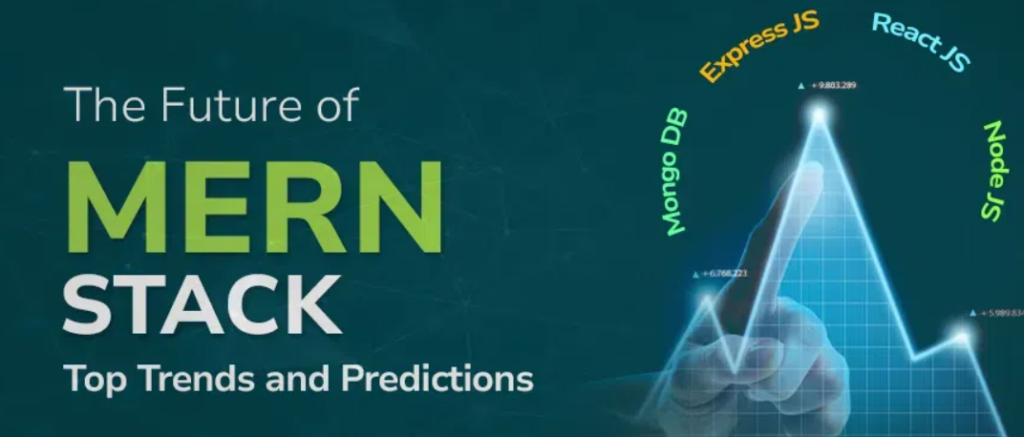
Latest updates and advancements in the MERN Stack
The MERN Stack is constantly evolving, with regular updates and advancements being made in each of its components:
MongoDB: MongoDB regularly releases new versions with performance improvements, security enhancements, and new features like multi-document ACID transactions. The latest version, MongoDB 5.0, introduces native time series support and enhancements to Atlas, MongoDB’s fully managed cloud database service.
Express.js: Express.js has a large and active community that contributes to its growth. The latest version, Express.js 4.17, introduces several improvements, including better error handling, improved routing, and support for async/await.
React.js: React.js releases new versions regularly, bringing performance improvements, new features, and bug fixes. The latest version, React.js 17, introduces a new JSX transform, which improves the performance of JSX compilation and lays the groundwork for future updates.
Node.js: Node.js has a rapid release cycle, with new versions being released every six months. The latest version, Node.js 16, introduces improved diagnostics, increased performance, and better support for ECMAScript modules.
How to stay updated with the MERN Stack
Staying updated with the latest trends and advancements in the MERN Stack is crucial for developers who want to leverage its full potential. Here are some tips to stay updated:
Follow official documentation: The official documentation of each component of the MERN Stack is a valuable resource to stay updated with the latest features and changes. Regularly check the documentation and subscribe to their newsletters or RSS feeds to receive updates directly.
Join online communities: Joining online communities, such as forums, discussion boards, and social media groups, can help you stay connected with fellow MERN Stack developers. These communities often share news, updates, and best practices, allowing you to stay updated and learn from others.
Attend conferences and meetups: Conferences and meetups focused on web development and JavaScript are great opportunities to learn about the latest trends and advancements in the MERN Stack. Attend relevant events, listen to talks, and participate in workshops to gain valuable insights and network with other professionals.
Benefits of learning and using the MERN Stack in your projects
Learning and using the MERN Stack can bring several benefits to your development projects:
Efficiency and productivity: The MERN Stack’s unified development environment and code reusability features can significantly improve your efficiency and productivity as a developer. You can build full-stack applications using a single language, reducing the need for context switching and enabling faster development cycles.
Scalability and flexibility: The MERN Stack’s components, MongoDB and Node.js, are known for their scalability and flexibility. By leveraging these technologies, you can build applications that can easily adapt to changing requirements and handle large amounts of data.
Career growth and opportunities: The demand for MERN Stack developers is on the rise, and having expertise in this technology stack can open up exciting career opportunities. Whether you choose to work as a freelancer, join a startup, or work for a large corporation, the MERN Stack can help you stand out in the job market.
MERN Stack job opportunities and demand
The demand for MERN Stack developers has been steadily increasing, and this trend is expected to continue in the future. Companies of all sizes, from startups to large enterprises, are actively looking for developers who can build scalable and efficient web applications using the MERN Stack.
Job titles for MERN Stack developers include Full-Stack Developer, JavaScript Developer, Node.js Developer, and React.js Developer. The average salary for MERN Stack developers varies depending on factors such as experience, location, and company size, but it is generally higher than the average salary for developers with expertise in other technology stacks.
Conclusion
The MERN Stack is a powerful and versatile technology stack that has a promising future in the world of web development. Its flexibility, scalability, and efficiency make it an attractive choice for building modern web applications. By staying updated with the latest trends and advancements in the MERN Stack, learning its components, and leveraging its benefits, you can position yourself as a skilled and sought-after web developer in the ever-evolving tech industry.
So, what are you waiting for? Dive into the MERN Stack, explore its vast potential, and unlock exciting career opportunities in the world of web development!

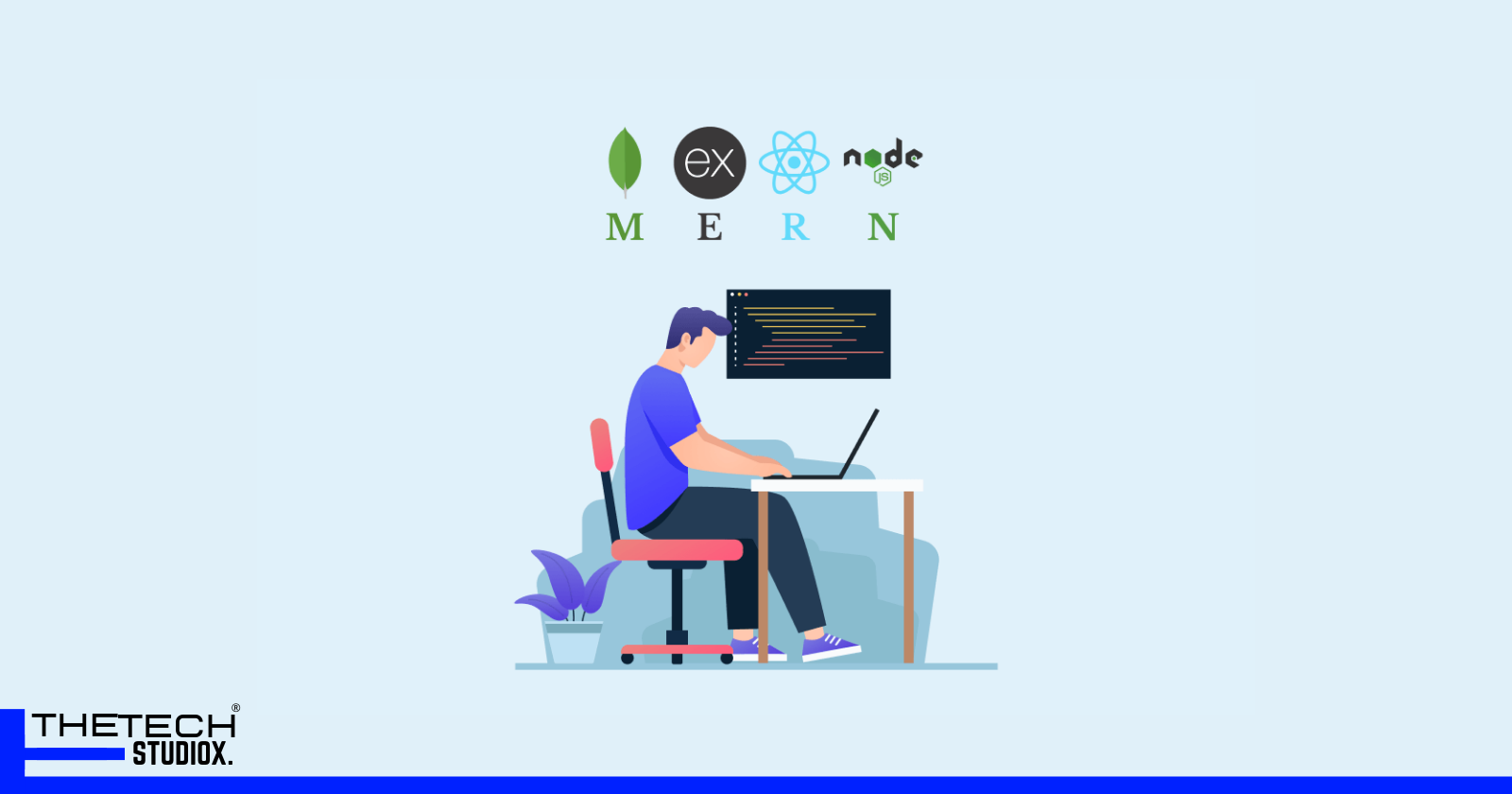
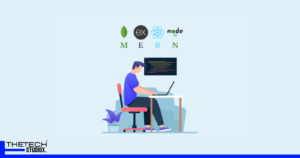

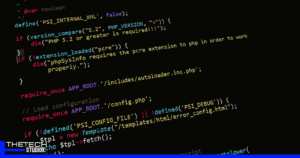
[…] Express.js, React.js, and Node.js. In this article, I will introduce you to the components of the MERN stack and delve into the various advantages it offers for web […]